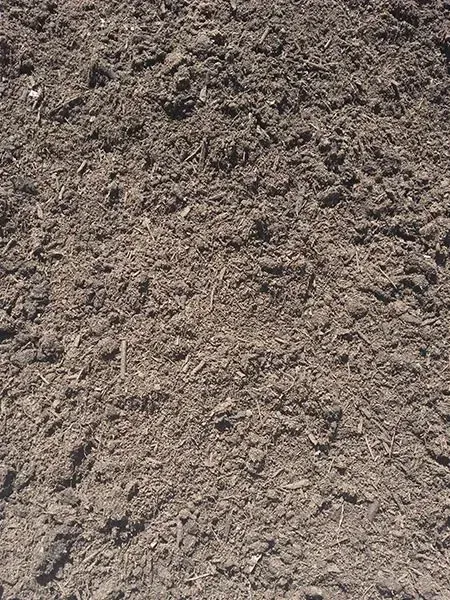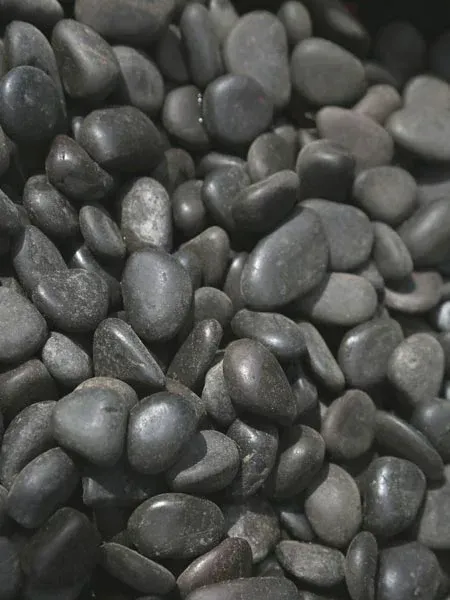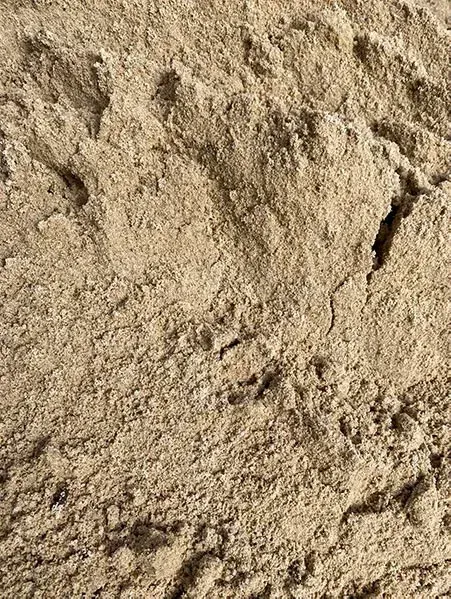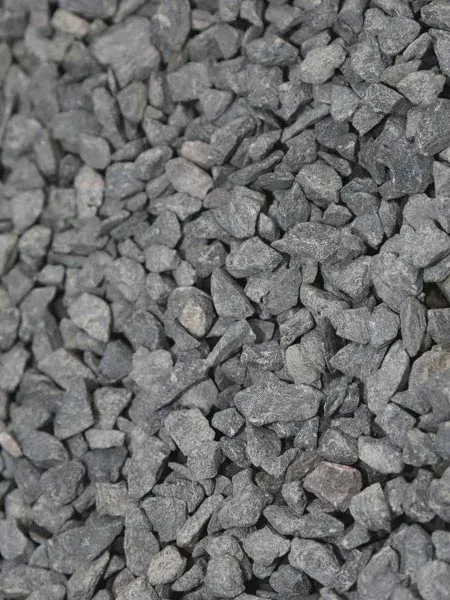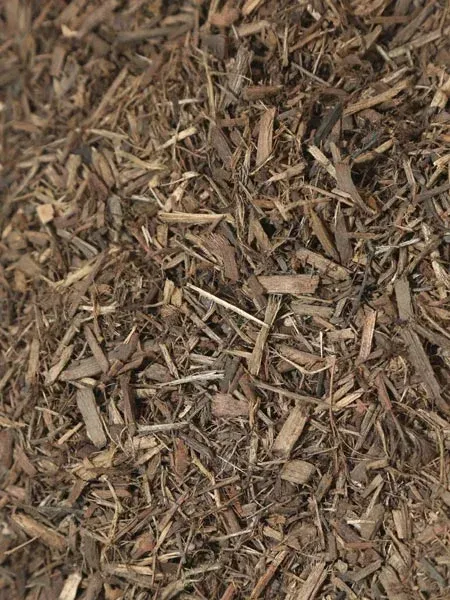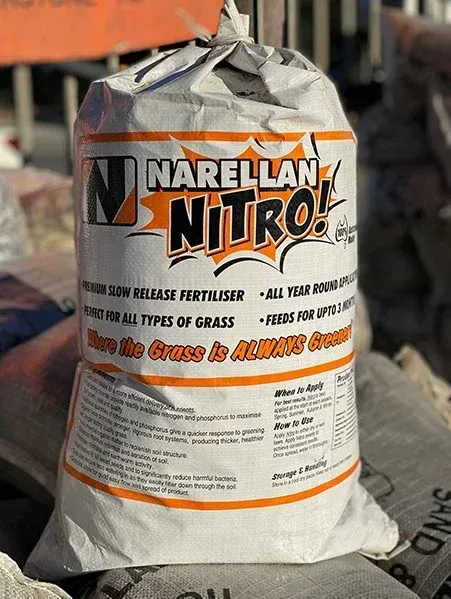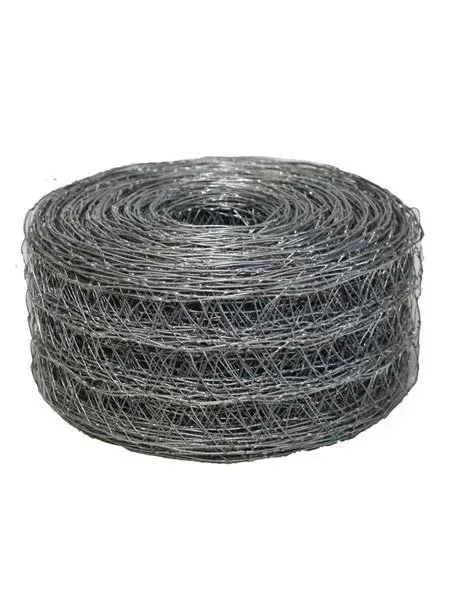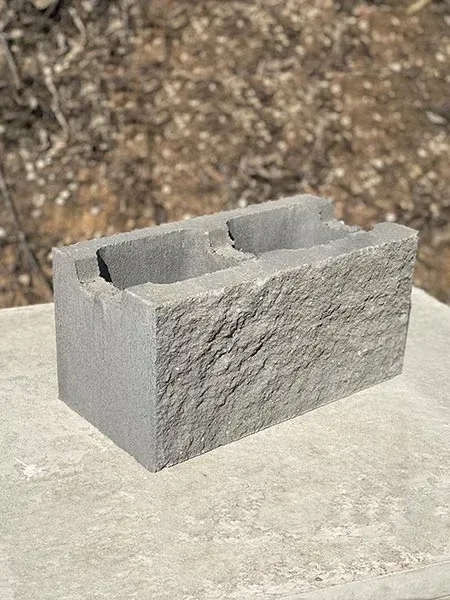When it comes to concrete mixing, achieving the right ratio is essential for ensuring the strength, durability, and workability of the final product. In this blog, we will explore the components of concrete and provide you with a recommended ratio mix for a standard concrete mixture. Understanding the proper mix ratio will help you achieve optimal results in your construction projects.
A commonly used and recommended ratio mix for concrete is the 1:2:3 mix. This means one part cement, two parts sand, and three parts gravel or crushed stone. This ratio provides a good balance between strength and workability whilst also remaining economical. It is suitable for most general-purpose concrete applications, including foundations, slabs, and sidewalks.
To create a 1:2:3 mix, you would measure one part cement, two parts sand, and three parts gravel or crushed stone by volume. It's important to note that these ratios are based on volume, not weight. For example, if you use a bucket as a measuring tool, you would fill it with one bucket of cement, two buckets of sand, and three buckets of gravel or crushed stone.
The 1:2:3 mix is a widely used and recommended mix for general-purpose concrete. However, it's important to consider specific project requirements and consult with professionals or experts to determine the most suitable mix ratio for your specific application.
For further assistance, guidance, and
high-quality concrete supplies, Narellan Sand, Soil & Garden Supplies is your reliable source. We can provide you with the necessary materials and expert advice to ensure successful
concrete mixing and construction projects.

